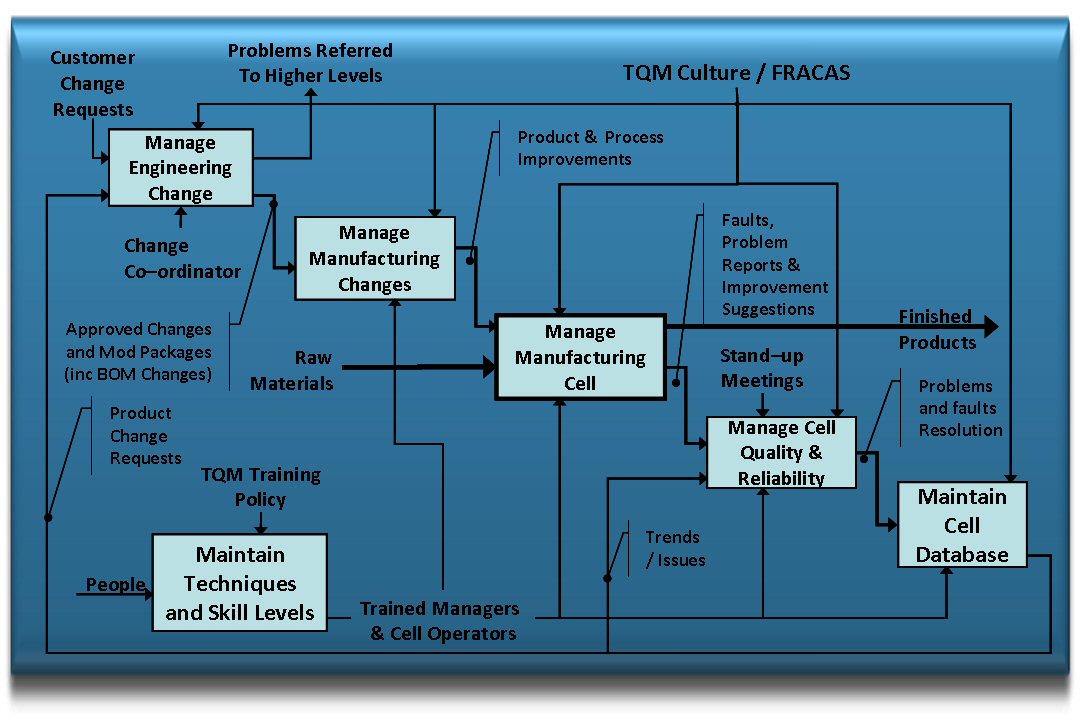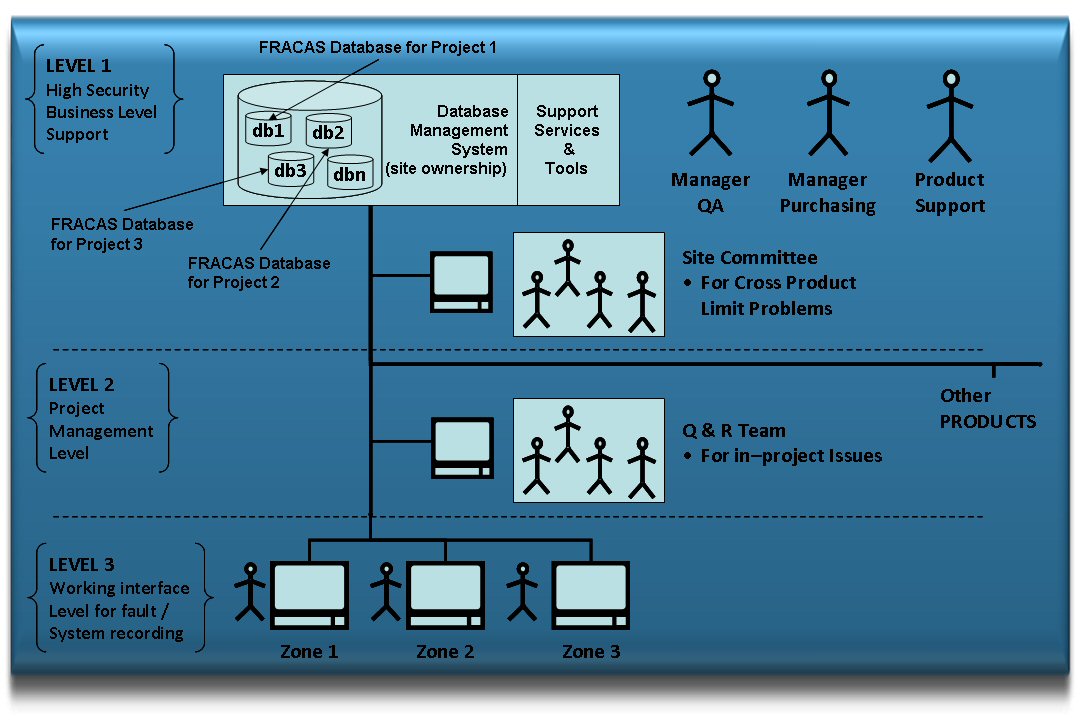2.04 - Change Control In Manufacturing
Overview
Continuous change and variation, if not systematically managed and controlled, creates complexity, a lack of stability, uncertainty and growth in costs coupled with degeneration in quality and business performance.
Manufacturing needs stable and capable processes that are well understood with systematic materials flow management procedures and training to support necessary changes.
Engineering changes from all sources involving changes in function, form and manufacturing engineering requirements, whether initiated by the customer or because of manufacturing difficulties, require to be systematically managed. It is useful to group these into three categories to reduce the average lead-time for processing via three distinctive routes:-
| Runners | Relatively simple changes which can short circuit some of the more complex procedures. |
| Repeaters | More complex changes which require more significant attention and work package definition. |
| Strangers | Complex changes requiring full administrative and project team procedures. |
The whole engineering change process should be flow-charted to facilitate the definition of procedures for each of these. Once defined, using the appropriate route with the related systems and resource greatly facilitates the effective handling of the different types of changes. PLM systems allow the processes to be defined using appropriate workflows.
Manufacturing changes should be carefully collated and subjected to a filtering process to ensure all requirements for stable entry into manufacture have been met. For example drawings complete, flowcharts drawn, operators trained, test schedules completed etc.
A formal problem definition and solution procedure should be installed and supported by daily stand-up meetings in each manufacturing cell to filter out problems for transmission to higher levels of the change process. A sample Failure Recording, Analysis and Corrective Action System (FRACAS) is shown in the following diagrams and is required for each product and cell.
The major control mechanisms for each product group ensure ownership and manageable complexity are:-
- An Engineering Change Control committee or board.
- A Manufacturing Change Control committee or board.
- Each has standard agendas, checklists and defined attendee lists
- Each meets regularly at a defined time
- Each has a cross functional membership
- Each is provided with administrative support
- Each issues weekly action lists with named representatives who follow up the action item
Problem Management and Change Control Model

Failure Recording, Analysis & Corrective Action System (FRACAS)
FRACAS functions as a business-wide problem management system encompassing whole design, development and manufacturing process, providing the business with a tool for continuous improvement – but it is centralised by product unit to avoid being swamped with detail.
The system ensures all problems are visible, owned and monitored. Exception reporting and clearly defined escalation paths ensure that all problems are resolved. Measures of Performance (MOP’s see guide 5.21) are used to monitor the health of the system.
Engineering Change Control
The engineering change control process includes the following key elements:-
- Review for acceptance and approval of changes
- Technical cost and commercial implications of the change
- Business rules for acceptance or rejection of Change Request
- Different flow routes depending on the classification of the change
- Guidelines for Part Number changes. (see guide 6.14)
Manage Manufacturing Change
A simple check-list acts as a gateway into the manufacturing cell for incorporation of changes to both existing and new products. This ensures that all the supporting elements are available before implementation starts. A cross-functional meeting operates the checklist and allocates actions.
Cell Daily Stand-up meetings
These short daily meetings act as a filter for the FRACAS. The group identifies problems with appropriate corrective action. When it is not possible to solve the problem within the cell the FRACAS is used to escalate the problem to the appropriate level.
Maintain Cell Quality Database
This is part of a system which logs single point test, inspection and assembly failures, generating the appropriate rework schemes, providing the graphical trends to the daily stand-up meetings and the trigger for FRACAS when a significant trend develops requiring formal, off-line corrective action.
